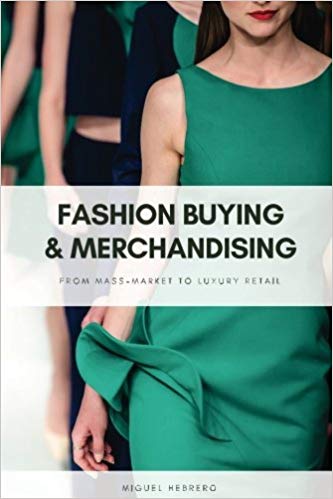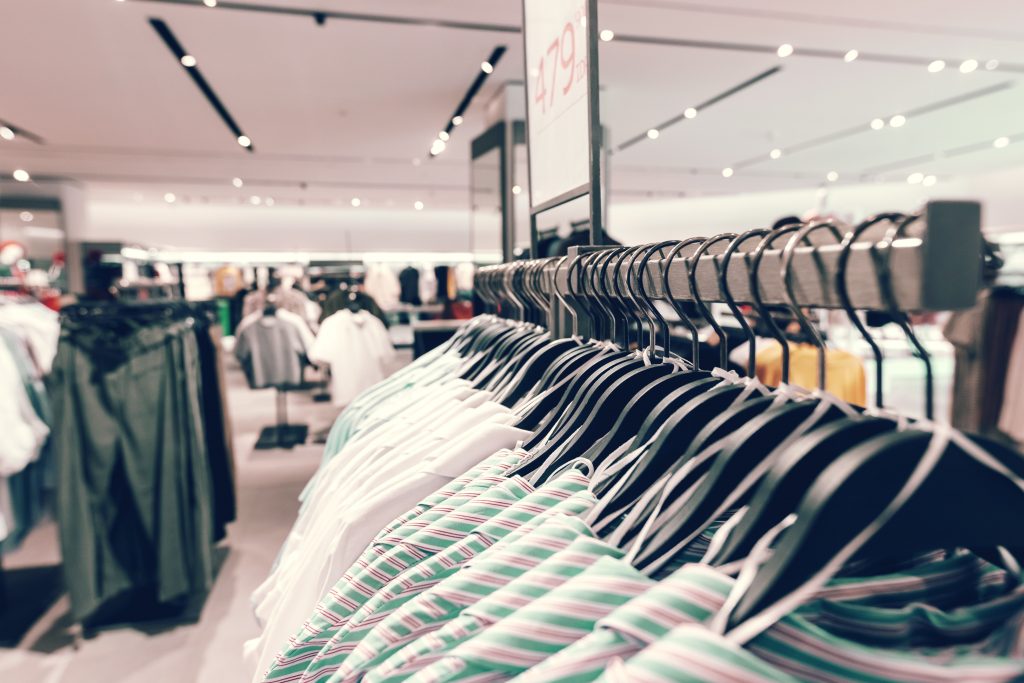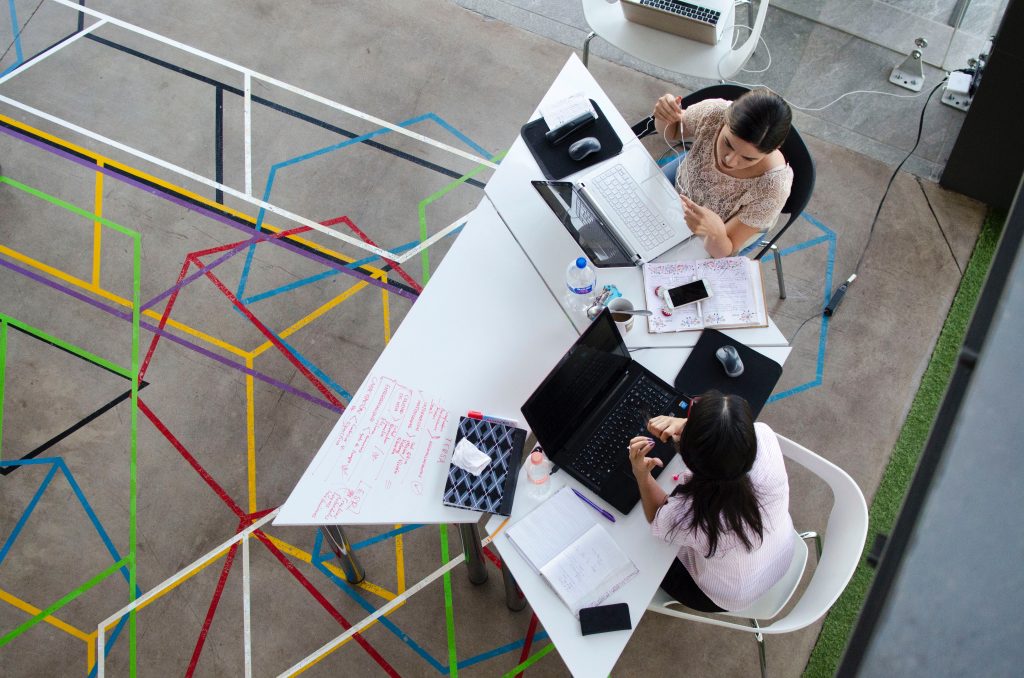In this website, I try to give support to students or young professionals alike who wish to become fashion buyers or get into fashion buying. But before we go into the tactics with which you can achieve this, I feel it’s important to spend some time researching about two roles that compose the vertical of product at a fashion company: buying and merchandising.
The 5 R’s of Buying and Merchandising
Broadly described, the roles of buying and merchandising are responsible for accomplishing the 5 r’s:
- Right product
- Right time
- Right place
- Right price
- Right quantity

This article is an exceprt from the book “Fashion Buying and Merchandising: from mass-market to luxury retail“
Tip: You can subscribe to Amazon Prime to get it super fast. Then you have 30 days to cancel your subscription if you are not happy.
The Role of Buying
The role of a buyer is influenced by the type of retail and business. Essentially, they are the ones who choose what products go into which stores.
A good buyer is required to possess visual creativity, analytical skills, negotiation skills, business acumen, and a keen awareness of fashion. Retail businesses are generally classified as manufacturers, wholesalers, and retailers. This will have a severe impact on what the specific functions of the buyer will be.



For buyers at department stores like Harrods or Saks, responsibilities may include ensuring that the store is properly stocked with a wide variety of designer clothing. However, if you support a fashion brand such as Tommy Hilfiger, you may be responsible for directing the entire product development process and then managing the delivery of the products. Your role is also heavily influenced by the structure of your organization; for example, a Christian Dior buyer in the Paris office may supervise the entire development process of the collection. However, in the New York office, a buyer may only source completed product that is suitable for the American market.
The general definition of the buyer’s role is to determine the styles that will be purchased and to negotiate production with the suppliers. Sweet and simple.
They are supported by the merchandisers and designers. The garment technologist is the technical expert that offers advice on textile engineering and controls the development of samples and fittings. The merchandiser aids the buyer in the design of the stock mix, which is a strategy supported by analysis of trends. The merchandiser also manages the budget and directs the delivery of stock and stock distribution. The designer offers creative direction and the buyer chooses from product designs spawned by the designer.
Buying Office Structure
The average office will be structured to allow proper alignment of the various functions within the buying process. Input from all functions will be required in common tasks like managing the current season, developing the subsequent season, and planning for the season that follows. One of the challenges of being a buyer is managing multiple seasons simultaneously.
Offices typically utilize an open plan layout. This is defined as buying and merchandising teams partnering on the various areas of the product. Design and garment teams are placed nearby. These teams also work on various areas of the product.
This is a common career progression in buying:
- Buying Admin Assistant
- Buying assistant
- Buyer
- Buying Manager
- Buying Director
Some offices may have an internal controlling function that would work as a somewhat business consultant to check that the overall picture is well represented in the product range. But sometimes this function is integrated into the merchandising department or finance.
This progression could be split between product category or subcategories, depending on the size of the business, or bt geographical areas. For example, you might be a buyer with responsibility for the whole business (men’s, women’s, accessories and etc) or just for one area (such as women’s tops), or for a specific country or geographical reason. There are infinite possible configurations responding to the nature of the business where you work.
The Role of Merchandising
There is substantial confusion about the role of merchandisers, and much of this can be attributed to the loose manner in which the term is used by various industries. In the book “Fashion Buying and Merchandising: from mass-market to luxury retail” the term merchandising refers to the analysis of current circumstances (internal sales & stock as well as external forces), budget planning, discounting, and logistics. This position requires well-developed quantitative skills, and natural ability to discover trends, meaning relationships and interrelationships among standard sales and stock figures.



The merchandiser’s role resembles the buyer’s role because the merchandiser has the responsibility of maximizing department profitability, and performing within the standard procedures of the organization. Each buying team must conform to the operations of others concerning planning and purchasing ranges, so that style, colour groups, target ages, quality, and pricing are uniform. This prevents customer confusion.
A buyer’s budget is fixed and determined by sales history, company strategy, and more. It is reviewed at regular intervals, and small changes are made. OTB (open-to-buy) is the additional budget that is held or released based on performance and goals. Merchandisers often serve as the gatekeepers of “open-to-buy.” Buyers will typically be interested in acquiring far more styles than their budget allows. Merchandisers aid buyers in narrowing their choices to those which serve the interests of the organization best.
Buying is not an exact science, and merchandisers support buyers in the challenging decisions they must make. Modern merchandisers have an arsenal of IT tools, which allow greater and deeper analysis of stock and sales data. The power of these tools continues to grow along with the power of their platform.
Merchandising Office Structure
The structure of merchandising will, of course, vary across organizations. It is influenced by the characteristics of that organization and its needs; however, the focus of this exploration of the role focuses on duties common to all fashion retailers.
In modern merchandising, distribution responsibilities are absent, and focus is placed on planning and analysis. A separate team is tasked with distribution. Large organizations separate merchandisers by type. There are retail merchandisers and product merchandisers. Retail merchandisers manage store allocation and must maximize sales. Product merchandisers manage the flow of materials to suppliers and then the flow of product to stores. Product merchandisers then pass control of product to the retail merchandisers.
A typical career progression in merchandising would be:
- Analyst
- Merchandiser or Product Manager
- Merchandise Manager
- Merchandise Director
Because merchandising is a more result-oriented department, teams tend to be structured geographically instead of by product category.




Want to know more?
Buy “Fashion Buying and Merchandising: from mass-market to luxury retail”
